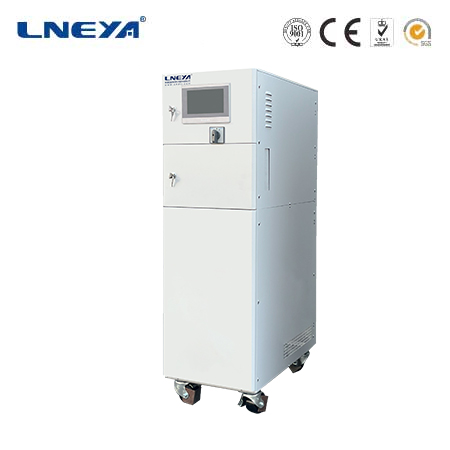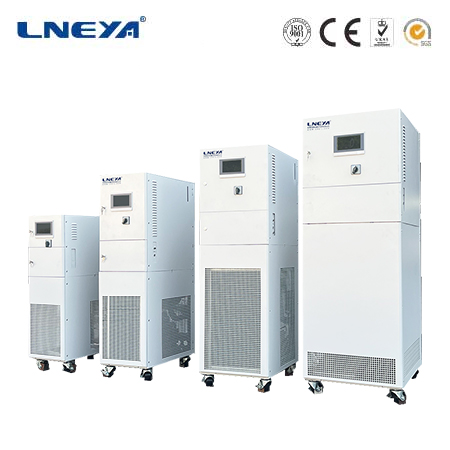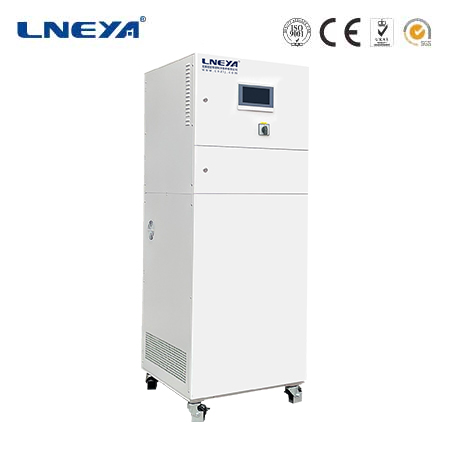working of chillers
The Working of Chillers: A Detailed Explanation
Chillers are crucial for maintaining comfortable temperatures in various environments by cooling the air or water that circulates through HVAC systems. They work on the principle of refrigeration, which involves the transfer of heat from a cooler area to a warmer one. This article delves into the workings of chillers, exploring their components, types, applications, and performance factors.

Principles of Chiller Operation
Chillers operate on the vapor compression refrigeration cycle, which consists of four main processes:
Compression: The refrigerant, usually in a low-pressure gas state, is compressed in a compressor, increasing its temperature and pressure.
Condensation: The hot, high-pressure gas is cooled in the condenser, releasing heat to the surrounding air or water, and condensing into a high-pressure liquid.
Expansion: The high-pressure liquid refrigerant passes through an expansion valve, which reduces its pressure and temperature, causing it to become very cold.
Evaporation: The cold refrigerant absorbs heat from the chilled medium (water or air) in the evaporator, cooling it and returning to the compressor to repeat the cycle.

Types of Chillers
Air-Cooled Chillers: These chillers use fans to dissipate heat from the condenser to the atmosphere, making them suitable for areas with limited water resources.
Water-Cooled Chillers: More efficient for larger loads, these chillers use water from a cooling tower or other sources to absorb heat from the condenser.
Evaporative-Cooled Chillers: These use a combination of air and water to cool the condenser, providing energy savings in dry climates.
Applications of Chillers
Commercial Buildings: Chillers provide cooling for air conditioning in offices, malls, hotels, and other commercial spaces.
Industrial Processes: In manufacturing, chillers maintain optimal temperatures for processes such as chemical reactions, food processing, and plastic molding.
Data Centers: Chillers are essential for cooling server rooms, ensuring the efficient operation of IT equipment and preventing overheating.

Performance Factors
The performance of chillers is influenced by several factors:
Cooling Capacity: The ability of the chiller to remove heat and maintain the desired temperature.
Energy Efficiency: High-efficiency chillers use less energy to provide the same cooling output, reducing operational costs.
Refrigerant Type: The choice of refrigerant affects the chiller’s efficiency and environmental impact.
Maintenance: Regular maintenance ensures the chiller operates at peak efficiency and prolongs its service life.
Conclusion
Chillers play a vital role in providing cooling in various applications by transferring heat and maintaining optimal temperatures. Understanding their working principles, types, and performance factors is essential for selecting and operating chillers effectively. As technology advances, the efficiency and sustainability of chillers continue to improve, making them a key component in modern cooling systems.
Related recommendations
heating and cooling of water
412Heating and Cooling of Water: A Comprehensive Guide IntroductionHeating and cooling of water are critical processes in various sectors, ensuring the efficient operation of industrial systems, m...
View detailsWhat is the maintenance method for non circulating cold water in chiller for laboratory?
1078What is the maintenance method for non circulating cold water in chiller for laboratory? The water level in the water tank is lower than the water inlet of the water pump Solutio...
View detailsair cooled screw compressor
405Air-Cooled Screw Compressor: Efficient and Reliable Compressed Air Solutions Air-cooled screw compressors are widely used in industries for their ability to deliver a continuous supply of compr...
View detailsoil cooler chiller
293Working Principles of Oil Cooler ChillersThe core function of oil cooler chillers is to transfer heat from the oil to a secondary medium, thereby reducing the temperature of the oil. The fundamen...
View details
 LNEYA Thermal Test Chillers
LNEYA Thermal Test Chillers






HelloPlease log in